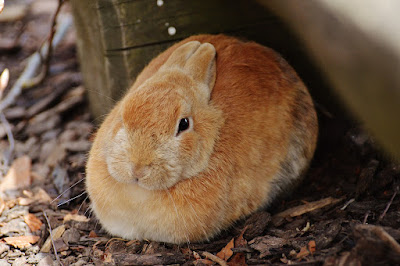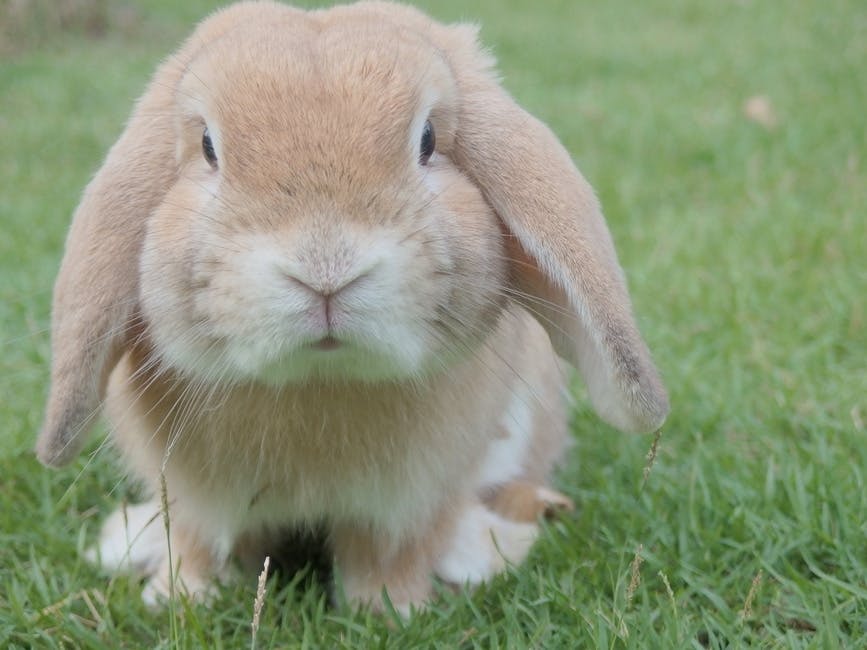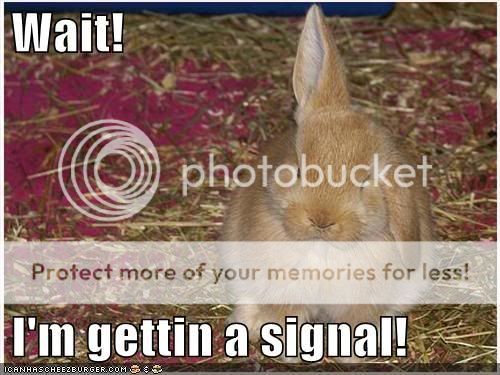Although not absolutely necessary, for most, it is preferable to train your pet rabbit to use a litterbox. It will make clean ups much easier, which in turn may help keep down the odors. It is also less expensive to change the litter in the box more often and the remaining litter will probably last a bit longer. Your bunny's home will definitely be more agreeable to be close to, and your pet rabbit will likely "take care of business" in the area of the litter pan. Once litter trained, you will be happy that and your bunny took the time to train!
In addition to the actual training, you will need to decide on a type of rabbit litter to use. The House Rabbit Society suggests the following about rabbit litters:
"What types of litter should I use?
In addition to the actual training, you will need to decide on a type of rabbit litter to use. The House Rabbit Society suggests the following about rabbit litters:
"What types of litter should I use?
It depends on what’s available in your area and what your
rabbit’s habits are. Keep in mind the following as you choose your litter: most rabbits spend lots of time in their litter boxes rabbits will always nibble some of the litter rabbit urine has a very strong odor.
House Rabbit Society recommends organic litters, made from
alfalfa, oat, citrus or paper. (Some brands to look for: Care Fresh (Natural
only), Cat Country, Critter Country, Yesterday’s News, and Papurr) For a
complete listing of litter types, see the litter boxes and liver disease
article.
Stay away from litters made from softwoods, like pine or
cedar shavings or chips, as these products are thought to cause liver damage in
rabbits who use them. CatWorks litter has been linked to zinc poisoning. Swheat
Scoop Litter should be avoided, because rabbits will often ingest it. Because
it is comprised of wheat, it is very high in carbohydrates and can cause
obesity, excessive cecal production, diarrhea, bacterial imbalance, and other
health issues.
Another approach is to place a handful of hay in each box,
or to simply use hay as litter. It is helpful to put several layers of
newspaper under the hay, to absorb urine so that your rabbit is not standing in
the urine. Most newspapers today are using soy-based ink, which is safe for
your rabbit, but check with your local newspaper to make sure first. Obviously,
you need to change the hay fairly frequently (daily), since your rabbit will be
eating it. This method often helps to encourage good litter habits as well as
to encourage hay consumption, since rabbits often eat at or near the same time
as they use the litter box."
Read the entire article: Litter Training
Free Shipping on Rabbit Food & Supplies at BuyRabbitHutch.com










